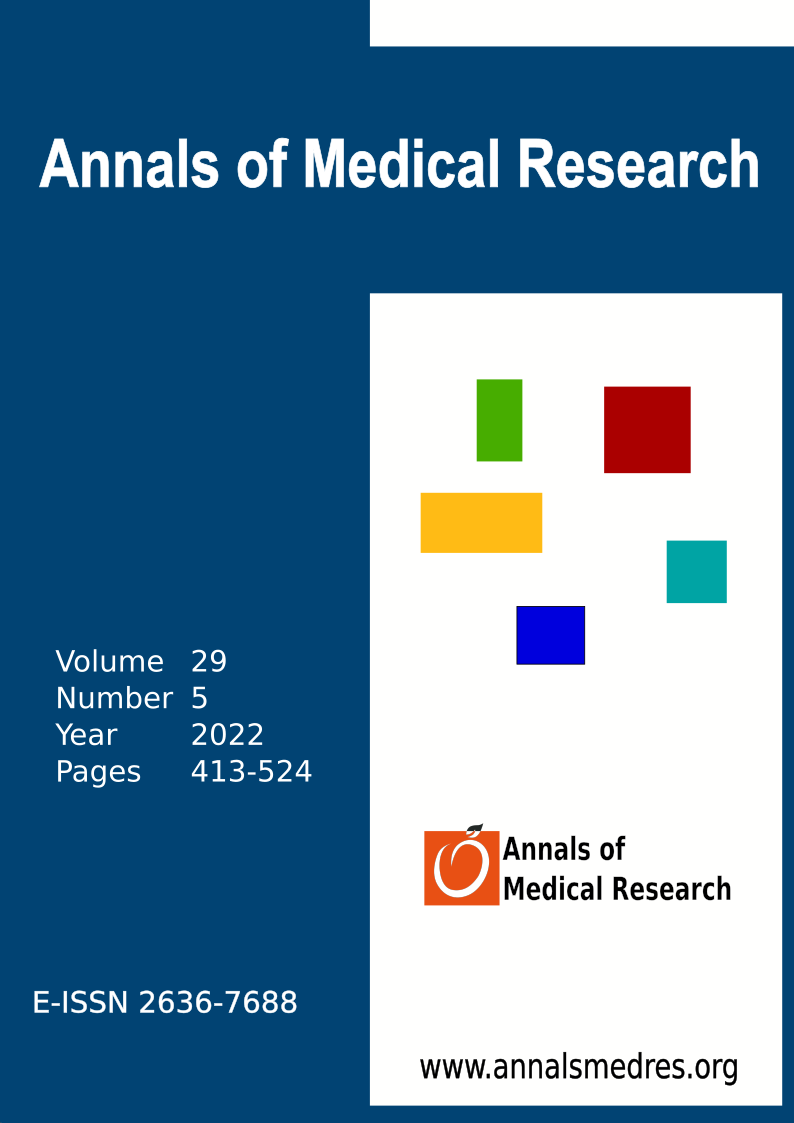Does the use of cannabinoids affect the ocular surface?
Keywords:
cannabis addiction, ocular surface, impression cytology, tear functionsAbstract
Aim: To examine tear functions and ocular surface variables in patients with cannabis addiction.
Materials and Methods: This clinical trial was planned as a prospective case-control study. In this study, 51 male patients with cannabis addiction (group 1) and 51 healthy volunteers (group 2) with similar demographic characteristics were included. Visual acuity, spherical equivalent, biomicroscopic examination, Schirmer test, tear break-up time (TBUT), and impression cytology (Nelson scores) results were recorded, and the 2 groups were compared with each other.
Results: The mean Schirmer values were 9.68 ± 6.8 mm and 8.39 ± 4.08 mm in group 1 and group 2 (p = 0.97), respectively, whereas the mean TBUT values were 9.96 ± 3.9 and 9.29 ± 4.01s. (p = 0.35) and the mean Nelson scores were 1.49 ± 1 and 1.25 ± 0.97 in group 1 and group 2, respectively (p = 0.26).
Conclusion: In this study, the effects of cannabis addiction on the ocular surface were evaluated using Schirmer, TBUT, and impression cytology methods. In the statistical analysis, no significant difference was found compared to the control group. This study showed that tear production, tear film stability, and impression cytology of patients with cannabis addiction were not different from the control group.
Downloads
Published
Issue
Section
License
Copyright (c) 2022 The author(s)

This work is licensed under a Creative Commons Attribution-NonCommercial-NoDerivatives 4.0 International License.
CC Attribution-NonCommercial-NoDerivatives 4.0






